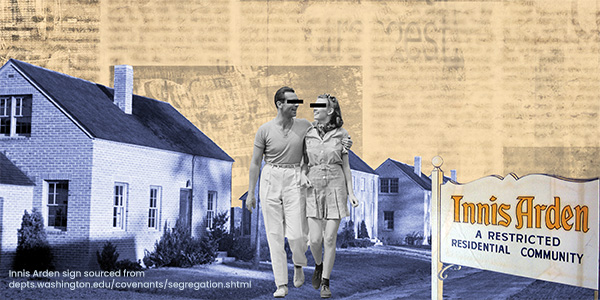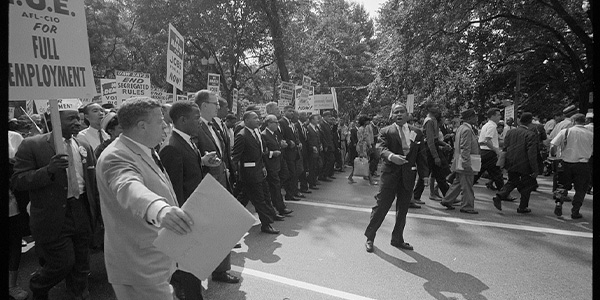Inclusive Lending
Misconceptions About Homeownership in Diverse Communities
May 8, 2024
Homeownership is often seen as one of the most significant parts of the American Dream. Owning a home provides stability, enables the accumulation of wealth, and gives people a sense of belonging. Owning a home is often seen as a sign of success and security, and it can help people achieve their goals both as an individual and as a family. However, this sign of success and security has not always been made equally available.
Hard and soft barriers have historically been placed between diverse communities and homeownership. Some of these have been concrete acts and practices, such as redlining, while others have been more insidious, like the narratives surrounding diverse homeownership. Words and beliefs shape reality, and when narratives are harmful or disempowering, that has consequences on the communities that the narratives are about.
Myths and Misconceptions
There have been many myths and misconceptions that have spread about the relationship between diverse communities and homebuying. In our white paper, Empowering Homeownership – Bridging the Gap for Diverse Communities, we talk about the challenges facing communities that have been historically discriminated against and what is being done to address them.
Some of those challenges involve shifting some of the narratives that surround these diverse communities. Several of the most common narratives are:
Desire for Homeownership
There are pervasive myths surrounding the level of desire for homeownership among diverse communities. These myths suggest a lack of interest when the truth is that underrepresented groups demonstrate a strong desire for homeownership. In fact, surveys have shown that the want for homeownership is particularly pronounced in these communities.
Regional Disparities
There is an idea that homeownership rates for underrepresented groups are the same across the U.S. However, that is not the case. Homeownership rates actually change significantly across different regions. This means that the homeownership gap is also different across the country.
For instance, regions with inclusive housing policies, such as Maryland, often see higher homeownership rates among diverse households. This not only shows the difference that supportive policies can make, but also highlights how different factors affect homeownership and how they can be changed.
Property Values
Research shows that underrepresented homeowners make significant investments in the properties they own. This evidence is contrary to a perpetuated idea that they contribute less to property values. The process of home valuation is affected by many different factors, and undervaluation in diverse neighborhoods has historically been rooted in both systemic and individual biases.
Risk Assessment of Underrepresented Borrowers
The perception of underrepresented borrowers as high-risk is unfounded. Studies adjusting for financial indicators like income and credit score reveal that non-White borrowers are just as capable as their Non-Hispanic White counterparts in managing loans, indicating that financial behaviors, not ethnicity, should guide lending decisions.
Changing the Narrative
There are already many policies in place to combat discrimination in housing, like the Fair Housing Act. However, policy isn’t enough to make a consistent and lasting impact. In order to cultivate long-term change, we must also shift the collective mindset around lending to diverse communities. We can do this by fact-checking and changing the narratives to reflect a more accurate view of what homeownership looks like for underrepresented groups.
Resources
NAF White Paper: Empowering Homeownership in Diverse Communities







 Smart Moves Start Here.
Smart Moves Start Here.